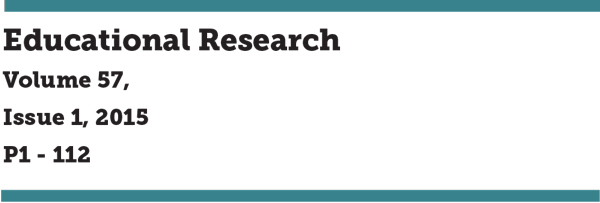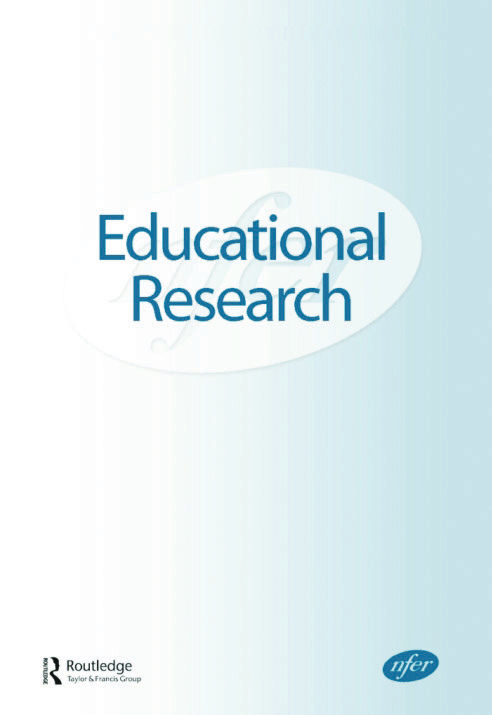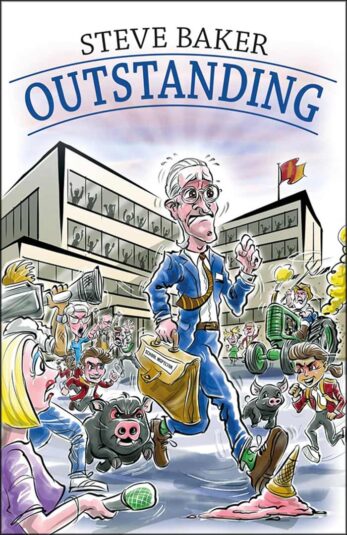
In this edition of Educational Research, three studies caught our watchful research eye:
1. How young children view mathematical representations: a study using eye-tracking technology
David Bolden, Patrick Barmby, Stephanie Raine & Matthew Gardner
A benefit of eye-tracking technology is that it can show where children focus their attention. In the case of mathematical representations this is particularly important as it could be that children’s difficulties with a concept comes from the way they have represented maths in their mind. The study used nine Year 5 children and had each look at multiplication problems written on static slides. Eye-tracker technology recorded where children gazed, and for how long.
The results found that number line representations of problems were less successful than ‘picture repressentations’ – for example, showing ‘groups’ of objects. The ability of children to think multiplicatively about the slides was, however, still related to general mathematics attainment levels. So while showing ‘groups’ rather than number lines may help lower-attaining children, it does not necessarily level the playing-field.
2. Rich schools, poor schools. Hidden resource inequalities between primary schools
Mayke Poesen-Vandeputte & Ides Nicaise
The authors’ theory is that knowing a school is ‘rich’ or ‘poor’ doesn’t tell you enough about the context of the school to adequately say whether children within it are ‘advantaged’ and ‘disadvantaged’.
Not based in England, this time the research instead looked at primary schools in Flanders. But the results are nevertheless thought-provoking for an English context as they take into account the complicated social, political and economic influences impacting on schools.
The study analysed 113 primary schools using broad survey data which then clustered schools together based on their similarity of different factors. The results showed that schools can be low, medium or high ‘resourced’ and that this can persist even when educational funding is recalibrated to target poorer areas.
Even if schools have extra finance they may nevertheless be culturally or socially ‘low-resource’ which still has an impact.
3. Effectiveness of the KiVa antibullying programme on bully-victims, bullies and victims
An Yang & Christina Salmivalli
Finland is all the rage in certain educational quarters, and this research piece shows how an anti-bullying programme in the country was found to be effective in reducing the prevalence of bullying.

The KiVa antibullying programme involves teacher training, monitoring and sharing of interventions with children. The sample in the study was of 23,520 participants, aged eight to 15 year olds, across 738 intervention classrooms and 647 control classrooms in 195 Finnish schools. Pre- and post- test data was taken for all groups. The odds of being a victim of bullying after the intervention year were a self-reported 1.51 times higher for a student in a control school compared to a student in an intervention school.
The programme is said to work because it focuses on two aspects of bullying. First, ‘universal actions’ which teaches all students through lessons, and secondly by tackling acute bullying cases. A large part of the programme is focused at changing the responses of those who witness bullying.
More information on the intervention is available at kivaprogram.net












Your thoughts